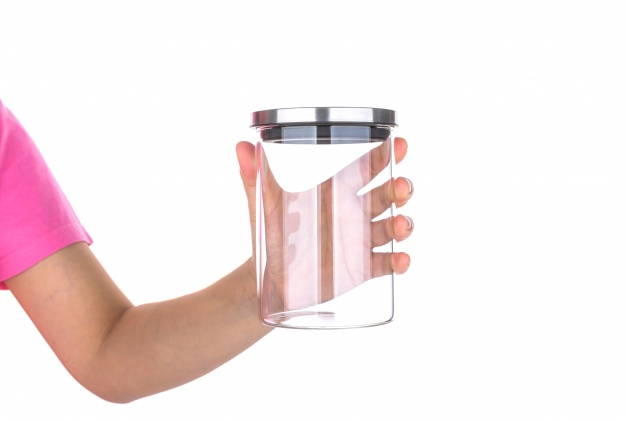Making time for what matters most, usually leaves enough time to fit in all else that needs to fit into your life. Like the professor who asked his students to fill the jar of life with rocks, pebbles, and sand, the homeschool teacher must also learn to identify these components of the school schedule. This helps in ensuring that the homeschool schedule stays truly productive for the family all through the academic year. Let’s take a look at each component in detail.
Rocks
These are the primary goals and objectives. Rocks include the subjects that you need to teach in the academic year, including the topics in each one that you will be covering. The assessments and exams that the homeschool students may have to appear for also need to be scheduled. You may like to place them evenly over the months so that you are not struggling to handle too many rocks at the same time.
Pebbles
These are the secondary skills that you expect your homeschool student to learn. Pebbles include the extra curricular activities that you need to schedule for your children. Music classes for singing or an instrument training. Sports classes for a group coaching class. Learning a new foreign language. Anything that requires dedicated classes away from the homeschool teacher with a specialist can be placed here.
Sand
These may not be absolutely essential but are still important enough to add to the homeschool schedule of your students.Any field trips that you wish to complete that academic year. Art and craft projects that the homeschool student may enjoy performing. Cooking, cleaning, gardening and other chores around the home may also be added here.
Water
Even when the Jar of Life is full of the above component, there is always space to add water. This water is represented by the spontaneous activities that you and your homeschool students take on. It could be movie, a picnic, a car ride to the grandparents. Anything that was not on the original list, but you want to do. These activities are the ones that tend to make the best memories.

